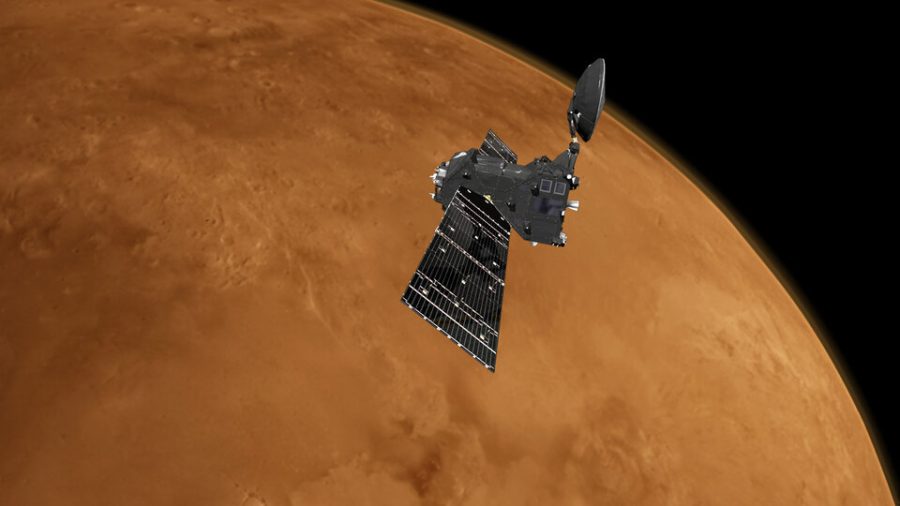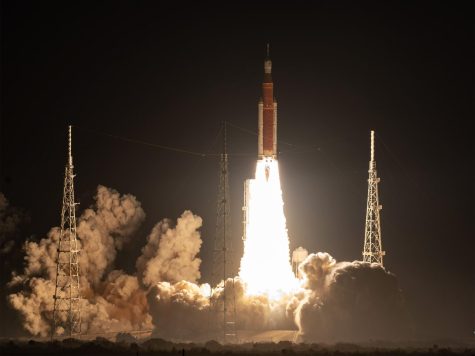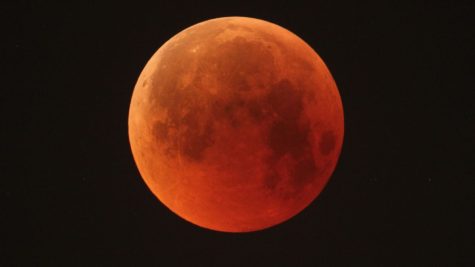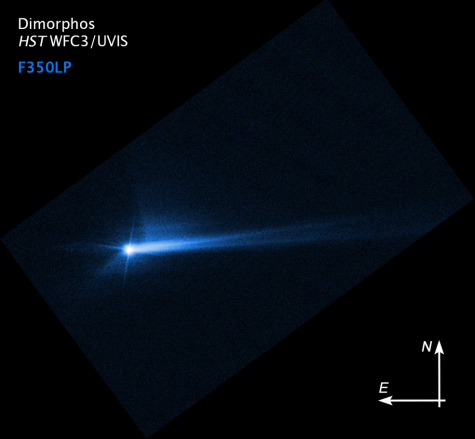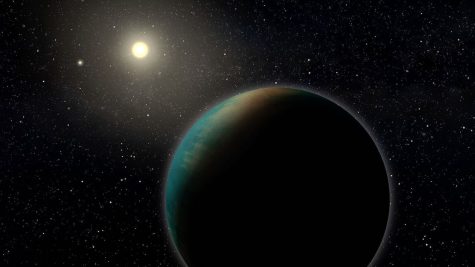Water discovered in solar system’s largest canyon
Water has been discovered in the largest valley in the solar system, Valles Marineris, residing on the neighboring planet Mars. This feat was led by the European Space Agency (ESA) and Roscosmos. The ExoMars Trace Gas Orbiter (TGO)’s FREND instrument, maps out hydrogen content on Mars’ surface soil, which measures the water content of the surface in that particular area. FREND observes hydrogen content through neutrons. This is because when galactic cosmic rays strike Mars, drier surfaces emit less neutrons while wetter surfaces (where water might be) emit more. This allows scientists to conclude how much water-content an area has.
In the Valles Marineris canyon system, FREND found nearly 40% of the surface content was hydrogen. With the assumption that all of this hydrogen is bonded with oxygen to create water, Valles Marineris could be one of the few near-surface areas to house water, as the majority of water on Mars is in the form of ice at the poles. Scientists have also not reached deeper parts of the planet’s surface, so any deep water stores have yet to be discovered.
In the coming future, space agencies plan to study Mars at lower latitudes, creating more opportunity to locate deep water stores.

